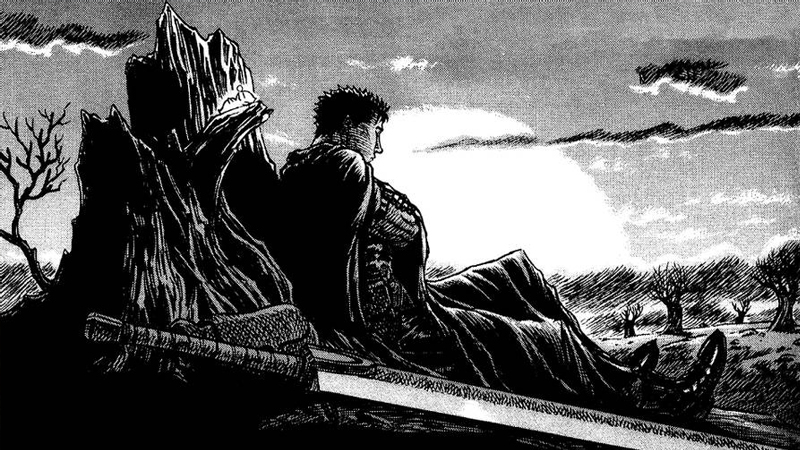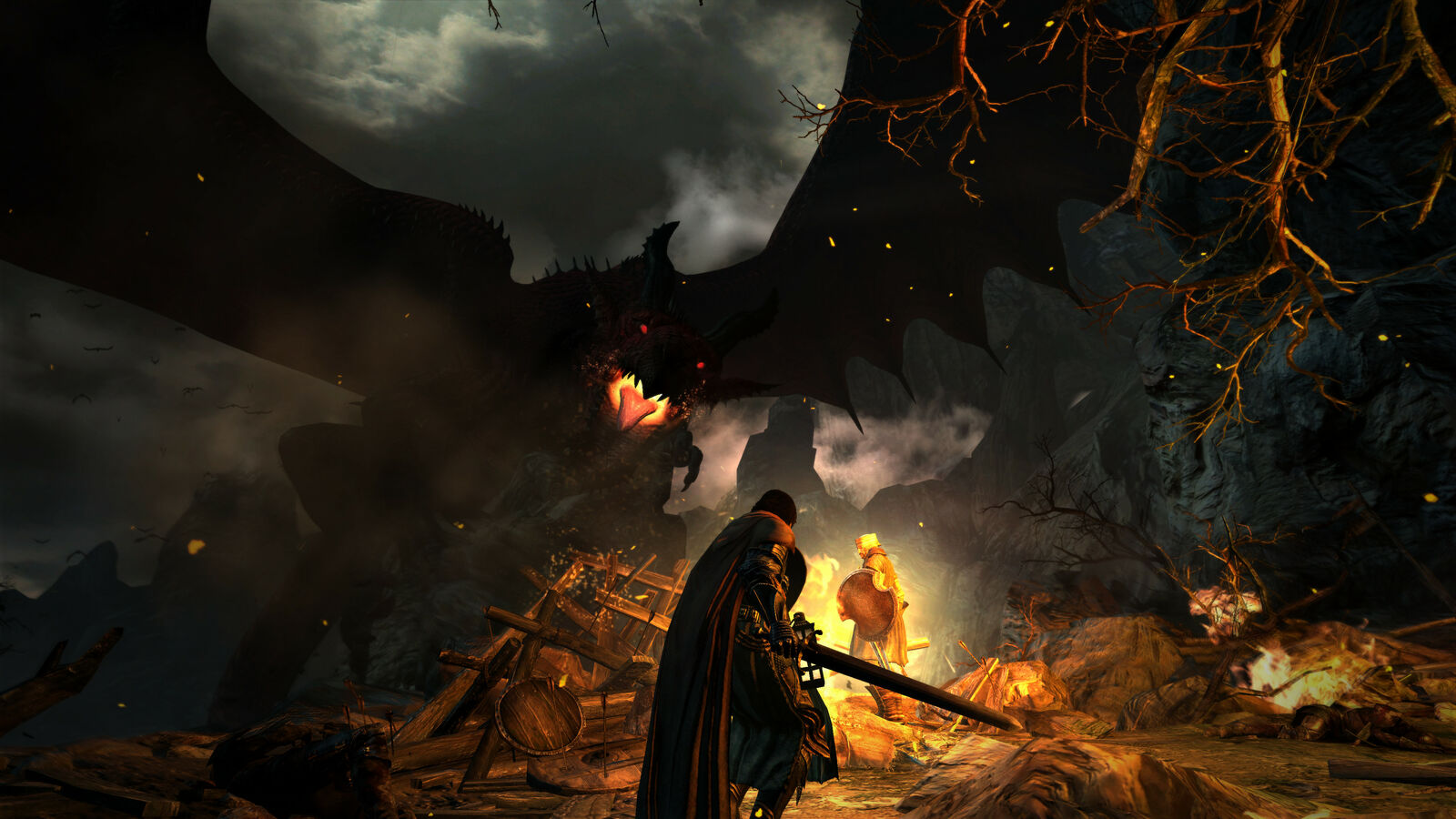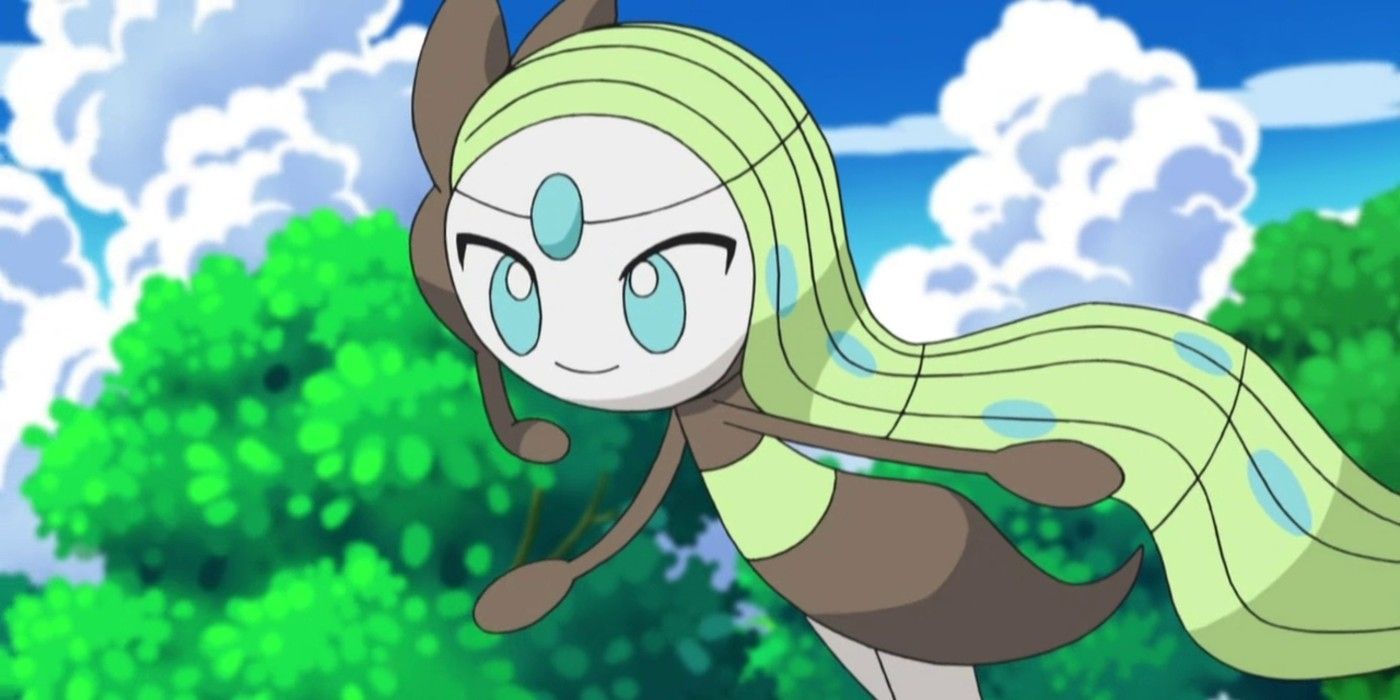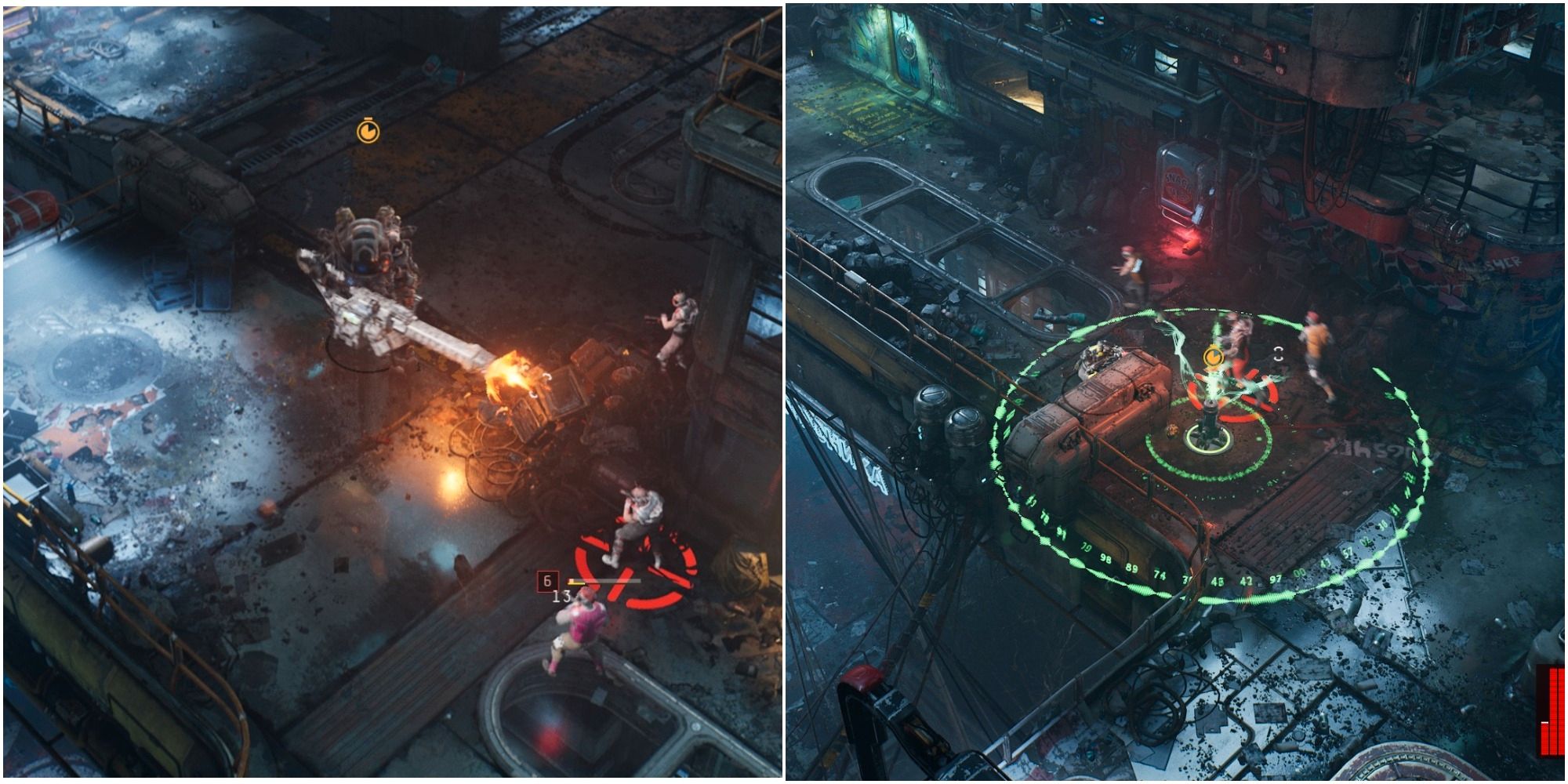
This is an editorial piece. The views and opinions expressed in this article are those of the author and do not necessarily represent the views and opinions of, and should not be attributed to, Niche Gamer as an organization.
Kentaro Miura has ascended to Valhalla at a tragic young age, and his magnum opus will either be continued by his assistants, or left eternally incomplete. Berserk was a manga that began in 1989, and to this date has 40 volumes of some of the most majestic and meticulous pen and ink craftsmanship. The wake Miura’s work left is still being felt to this day, inspiring countless artists and creators in many mediums.
Berserk is a chronicling of the stories of Guts, the black swordsman. He is a mercenary who wields a terrible and cruel weapon known as the Dragonslayer; a tremendous and unbelievably heavy greatsword that became iconic to Berserk. The tone and style of Berserk is an unrelentingly dark and brutal fantasy epic that depicts every agonizing detail of Guts’ entire life.
Berserk has had multiple animation adaptations; but considering the subject matter and the concepts within Muira’s creation, video games always seemed like something that would make a lot of sense.
Having a protagonist who carries a blade the size of a surfboard and has a prosthetic arm that has a cannon in it is perfect material for an action game. In all the years Kentaro Miura’s Berserk has existed, there have only been three video games based on it; but countless more inspired by it.
The Official Berserk Video Games

Sword of the Berserk: Guts’ Rage was a Dreamcast exclusive from Yuke’s, of many wrestling games’ fame. In 2000, this was one of the few full 3D, big sword action games around.
It was far from perfect, but at the time there was nothing else where players could play a game where there was such intense dismemberment from a heroic lead. As far as Dreamcast games go, Guts’ Rage is easily considered a cult classic.
All of Guts’ signature abilities are present and accounted for, as of volume 23. He has his blowgun arm, the hand cannon, throwing knives, and can even go full berserk mode and cripple the frame rate by slicing many threats on screen with a single swipe. This was a story heavy game with a lot of action that had Kentaro Muira himself write the scenario, and is still recognized as part of the canon of the manga.
Guts’ Rage is the only Berserk game to this day to have an English dub of any kind. The voice talent present is incredible, and features many actors who had or will eventually have experience in the Metal Gear Solid franchise.
Liquid Snake’s Cam Clarke as Puck turned out to be an inspired casting choice, and even Colonel Campbell voices a few characters. Even Guts gets voiced by the same actor who voiced the Fear in Snake Eater.

It’s too bad that Guts’ Rage is the only time there was a Berserk game in English, because there was a lot of potential in this first attempt. If it was more of success, Michael Bell might have become more well-known as the voice actor of one of manga’s greatest characters, instead of Chaz Finster from Rugrats.
Between all the QTEs, the linear action, and meaty violence; Guts’ Rage has a strong arcade-like flavor to it. Of all the Berserk games, this is one of the best ones to go for, even though it is a bit rare and expensive these days. This was a flawed game to be sure; but at the time there was nothing else like it.
Five years after Gut’s Rage, there would be a sequel from the same developer on the PlayStation 2, known as Berserk: Millennium Falcon Hen Seima Senki no Shō. This is widely considered the ultimate Berserk video game, and much of that is due to all the improvements made from the prior game on Dreamcast.

One issue that was a pain in Gut’s Rage was the Dragonslayer would often bounce off walls in during a swing. This made combat very difficult in tight quarters unless Guts was in his berserk mode. Millennium Falcon lets Guts swing his sword through most geometry for a much smoother experience, and he can even parry. The moveset gets expanded, and some minor stat-building is introduced.
Millenium Falcon is a slower and weightier action game that also has huge levels compared to Guts’ Rage. He won’t be alone either; players can assign back up party members for assisted attacks or health restoration. This is a meaty sequel that added a substantial amount of replay value, and maintained the signature violence Berserk was known for.
What did not make it is all of the sexual content from the arc that Millennium Falcon is based upon. Guts’ Rage had the benefit of being an original story that was stuck somewhere in between the volumes. The sequel unfortunately carries baggage, and can’t show everything due to age restriction limitations on Sony’s best console.

Berserk and the Band of the Hawk is by far the most disappointing game based on Miura’s work. While the prior games made by Yuke’s were flawed, they weren’t lazy. Koei Tecmo cut a ton of corners to make Band of the Hawk as cheaply as possible. While it may look like it has the best graphics of the bunch, it is the most boring to play.
Sadly, Band of the Hawk is a reskin of Koei Telmo’s Musou/Dynasty Warriors formula. Fans of this subgenre will find that this does not measure up due to the lack of characters to play as, and how mind-numbing all the action becomes.
Guts has a nickname in the manga; “the 100 man slayer.” In Band of the Hawk, keeping a kill count that low is extremely difficult, as the body count typically goes into the thousands. The developers didn’t do their homework at all.
What is most disappointing of all is that this last official Berserk game covers the most amount of story content from the manga, but does it in such a lazy way. Most of the cutscenes are actually videos taken from the ugly CGI movie trilogy from 2012 and 2013. The movie art style clashes with the in-game models, making the experience feel disconnected from each other.
Inspired by Berserk

There will never be any original Berserk stories written ever again, but Miura’s work has influenced many game developers. Hideki Kamiya’s Devil May Cry is rife with little cues and nods to Berserk. Like Guts, Dante is a sword for hire who also has a penchant for really large blades.
Both men end up fighting all kinds of unspeakable, demonic creatures; and the atmosphere in the first game has a dark gothic setting in it. Devil May Cry is in itself a vast mixture of many things, but Berserk‘s influences stand out in the creature designs and even some of the props.
The behilit pendant owned by Griffith shares some similarities with the red orb pick-ups from all the Devil May Cry games. The facial structure, agonizing expression, bore teeth, prominent nose, and the obvious red coloration make this similarity too close to be a coincidence.

The most distinguished features of Berserk, is Guts’ dragonslayer, of course. To call this weapon iconic would be an understatement. The idea of a towering and obelisk-like sword is very simple, yet intensely appealing. One would think that this concept would have been around much longer, but Berserk established it as its own since its inception.
The dragonslayer makes a statement to who ever sees it; both in and out of the manga. The design of it and its features are simple, yet effective. The basic geometry of it makes it easy for anyone to draw. Its shape is unmistakable regardless of the fan artist’s skill level. It is one of those perfect and iconic weapon designs that transcends its origins and becomes a part of cultural osmosis.
With such a cool and flawless weapon design; Guts’ sword was destined to inspire game developers from all over the world. Since Berserk was created, you could always tell when someone was inspired by it if there was a cool and brooding mercenary guy with a massive zweihander.

Final Fantasy VII has its share of Berserk influences in its concepts. Like Guts, Cloud is a mercenary who stands out from the cast, thanks to the Buster Sword which has a design that is heavily inspired by Muira’s. Sephiroth also can be interpreted as an analogue to Griffith, due to his white hair and penchant for world destruction.
Other characters that are very obviously inspired by Guts and his weapon of choice is the mercenary Arngrim from Valkyrie Profile; whose sword was longer than his own sprite in battle. Arnigrim took the influence so far that it could be easy to mistake him for the real Guts, as they have almost the same personality, build, and face.
The boys at Intelligent Systems were also inspired by Guts’ character when they conceived Ike from the Fire Emblem series. Ike’s influence is a bit less obvious at first glance; but he is what you’d get if you tried to make Berserk accessible to young gamers.

There are many instances of Berserk-inspired characters in games through out the ages. Sometimes the developers will allow customization options for players to make their own version of Guts. The Monster Hunter series’ greatsword allows anyone to be like the black swordsman, and how it is wielded will clue in Berserk fans that the boys at Capcom know how Guts would have used it.
Guts carries his sword in very distinct ways. Often gripped with both hands to the side and the large blade pointed away from his back. This makes it so Guts has to face his opponents almost completely exposed, with no quick or easy way to block. Other times he will hold it facing forwards where it becomes an obstacle for threats to get close to him.
Monster Hunter‘s greatsword attacks captures the movements in Miura’s drawings. The weight is felt, and the savage and angry swings make any custom character take on Guts’ spirit and fury. This kind of grace is also seen in some fighting game characters who carry large blades; like Siegfried and Nightmare from Soul Caliber, or Ragna the Bloodedge from BlazBlue.

One of the most enduring aspects of Berserk is its uncompromising and bleak world. The characters endure some intense situations that often leave them traumatized, and/or broken beyond repair. This can be manifested either to the spirit or the body, and sometimes both.
Guts and friends are no stranger to brutal, bodily harm; as the world they inhabit is populated by either actual monstrous demons, or cruel and insane humans in power. Guts himself was born into suffering; spawned from a corpse of a hanged woman on a tree, he spilled out onto the world and was adopted by sadistic mercenaries.
He didn’t find an easy life with these men. His guardian would prostitute the young Guts before he was a teenager, to the more degenerate members of the band of mercenaries. This kind of trauma is found through out the pages of Berserk, and is the kind of scenarios present in the works of Yoko Taro’s Drakengard games- and by extension; the NieR games as well.

Sekiro is a dark fantasy epic that is about what one might get if Berserk was set in feudal Japan. The protagonist shares a lot in common with Guts: like the prosthetic hand, white streak of hair, and both are living the curse of being alive during an age where hellish monsters roam the lands and claim the souls of men.
Sekiro is not the only game by FromSoftware to borrow elements from Berserk– in fact, it may be their most light effort at cribbing from Kentaro Miura’s work. Demon’s Souls, Bloodborne, and the Dark Souls games are famous for taking some heavy inspiration from Berserk for its world design and creatures. All titles combined are like a greatest hits of some of the most memorable designs in the manga.
Examples like the skeleton wheel guys, snake men, the similarities between the design of the Tauros Demon and Zodd, and the general heavy atmosphere that makes the setting have a forbidding apocalyptic ambiance. The hunter’s mark also bears a striking similarity to Guts’ brand- the rune that is strongly associated with the Band of the Hawk.

The most critical pillar of Berserk is its message of carrying on in the face of extreme adversity. No matter how bleak and uncertain things may seem, Guts always finds the strength within himself to overcome and to never give in to despair. He never gives up, and even when faced with impossible odds, he comes out on top because he refused to doubt himself.
Guts’ experiences are emulated in the FromSoftware “Souls” games. The atmosphere is designed to be as oppressive as possible; to wear the player down, and it’s made worse with how the game presents unbelievable challenges with its scenarios. Getting torn limb from limb is hard to get back up from, but quitting and giving up resigns you to a worse fate.
One thing Berserk taught us all was to not give up. Ignore you limitations, and to just try to do whatever possible to succeed. Fighting to survive is something everyone can relate to and understand.
Making it out on the other end of the meat grinder will make you tougher and stronger, and it’s important to not let the struggle define us. This was a sentiment that is the greatest takeaway from Berserk; not giant swords and monsters.




